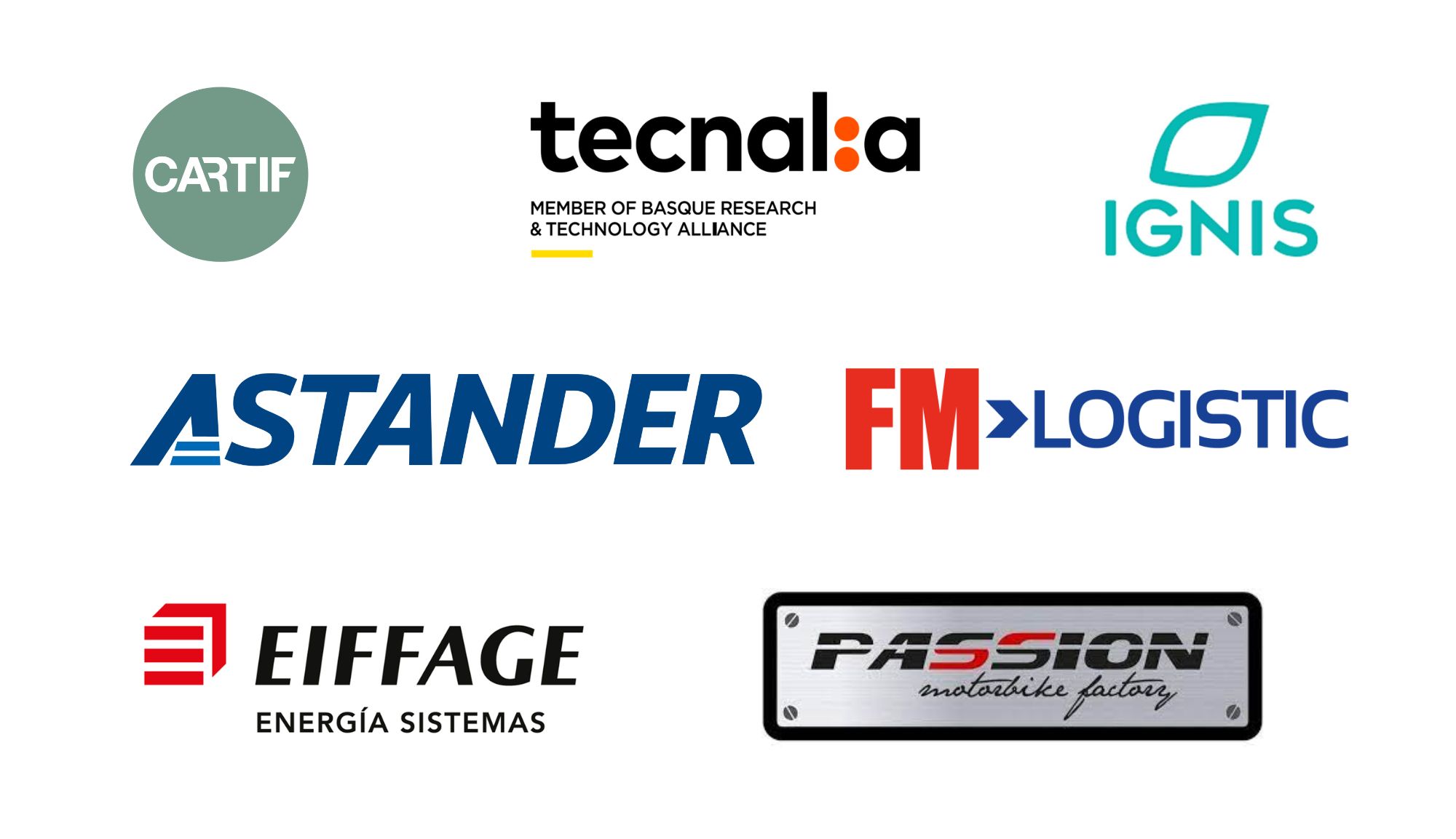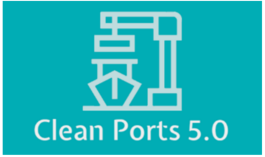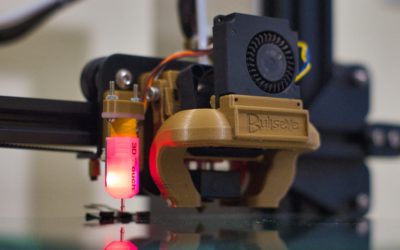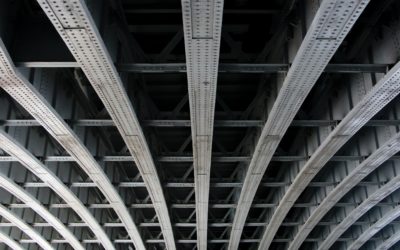CARTIF Projects
CLEANPORTS
Research of intelligent and sustainable nay solutions for the automation of logistics and advanced intermodal processes from por to last mile.
Description
The main objective of the project is to improve logistics processes for the complete handling of goods at a multimodal level (containers, bulk, pallets and last mile parcels) by incorporating Artificial Intelligence (AI) and collaborative robotics in the automation of processes, optimisation platforms, new more sustainable vehicles, the incorporation of renewable energies and energy vectors such as hydrogen.
Objectives
-
- Guarantee the sustainability of logistic management and the intermodality of the port processes. Research new processes that allow minimise the energy consume and contribute to energy decarbonisation of a port through the hybridation of several renewable energy sources, the production of green H2 and the use of different storage technologies, reducing the CO2 emissions.
- Optimise the cargo transfer operations in portand its logistic chain, introducing several digital technologies: artificial intelligence, digital twin, collaborative robotic and automation, at the loading and unloading operations, both in ships with bulk cargoes, such as container ships, and the subsequent handling of palletised loads and their preparation for last mile delivery.
- Optimise in a holistic way, integrating all the transport modes of the navy logistic chain in a unique collaborative flow, operations of port terminal (load-unload, storage, multimodal planification, reception and ground delivery, and internal conexions) through artificial intelligence techniques.
- Reach functional prototypes and its validation in controlled environments of different national ports.
Actions
- Monitoring of the bulk loading process.
- Palletising and depalletising of containers through collaborative robotics.
- Intelligent last mile vehicle charging.
- Optimisation of transport flows in shipyards.
- Sustainability of portuary processes.
Expected Results
- Prototype for monitoring draught marks on bulk carriers.
- Intelligent module for pelletising and automatic depelletising through collaborative robotics.
- Santander shipyard digital twin.
- Optimisation of energy consume at portuary processes.
Partners

CDTI Science and Innovation Missions
![]()
Total Budget: 3,825,175€
CARTIF Budget: 775,538€
Duration: 01/01/2023 – 31/03/2025

Responsible
David Olmedo Vélez
Industrial and Digital Systems Division
davolm@cartif.es
Networking
Infrastructures projects:
INPERSO
INPERSO is a holistic project of deep renovation of buildings that address all its life cycle and combines industrialization and customization. INPERSO will integrate new technological components that joint with pre-manufacturing advantages, preintegration and 3D printing robotic will reduce drastically time and costs of the construction.
SESAMO
Design, configure, programme and adapt a system that facilitates and assists the user in their relationship with the cabinet doors.
Portable 3DPrinter
Portable 3D printer looks for the innovation in construction processes promoting the industrialization and customization of construction that 3D printing technologies provide.
Metabuilding Labs
To reach the COP21 goal of nearly-zero energy, zero emission buildings MBLabs Labs strives to unleash the innovation potential of the SMEs of the Construction sector by lowering the entry barriers to test innovative solutions in a network of testing facilities in RTOs and Living Labs in 13 countries
I-NERGY
The main objective of I-NERGY is to deliver an energy specific open modular frameork for supporting AI-on-demand in the energy sector.
I-NERGY contributes significantly to achieve a techno-economic optimal mangement of the EPES (Electric Power & Energy Services)
LIFE HUELLAS
LIFE-HUELLAS project looks for the enviroonmntal assessment of the life cycle of the rail transport to correctly assess its environmneta impact.
SORTI
The objective of the SORTI project is to develop optical systems based tools and new technologies to properly identifying, monitoring and managing of structural risks in buildings.
REZBUILD
The main objective of the REZBUILD project is to create a collaborative rehabilitation ecosystem, integrating innovative technologies, and focusing on the existing housing stock. The aim is to increase the annual rate of building renovation from the current 1% to try to reach 2.5%.
REPARA 2.0
REPARA 2.0 aims to develop new technologies and methodologies that support infrastructure management and allow the rehabilitation and conservation of any type of road at a lower economic and environmental cost.
SALUS
SALUS project appears due to the lack of techniques able to detect geomembrane damages before these cause the rupture, and therefore, the environmental pollution
REHABCAR
El proyecto REHABCAR (REHABilitación de CARreteras y autopistas) desarrolló nuevas herramientas para la transformación de las carreteras y autovías existentes en infraestructuras económicamente sostenibles y de alta calidad para prolongar su vida útil y adaptarlas a las nuevas necesidades del tráfico.











